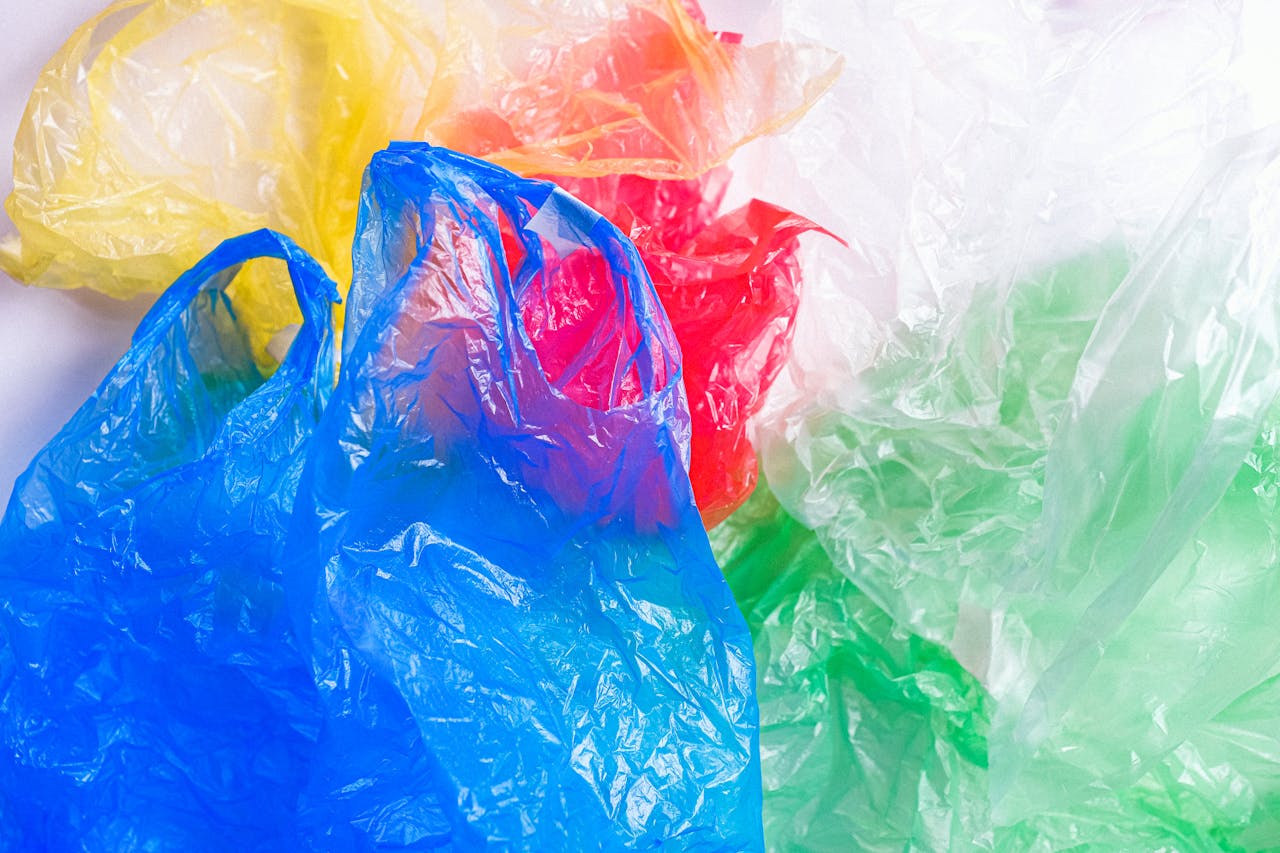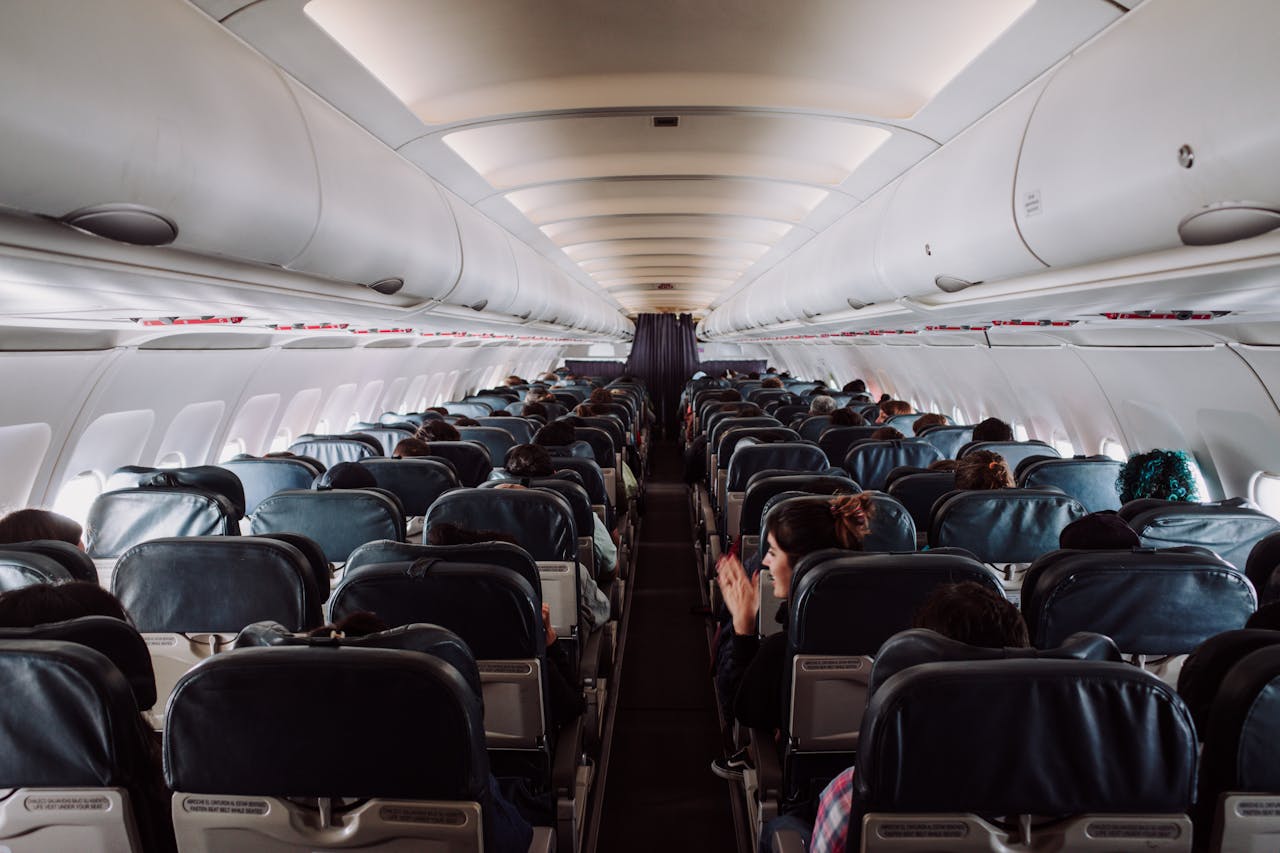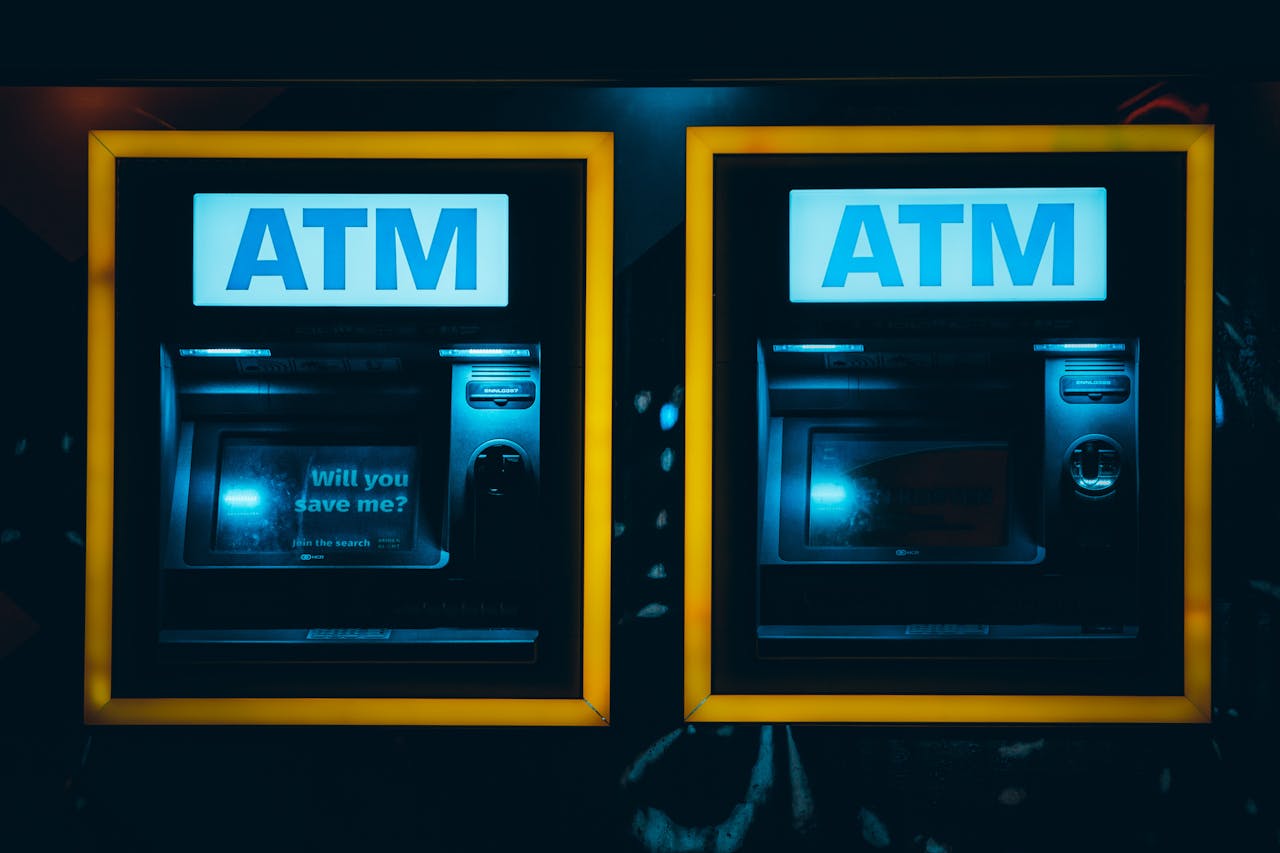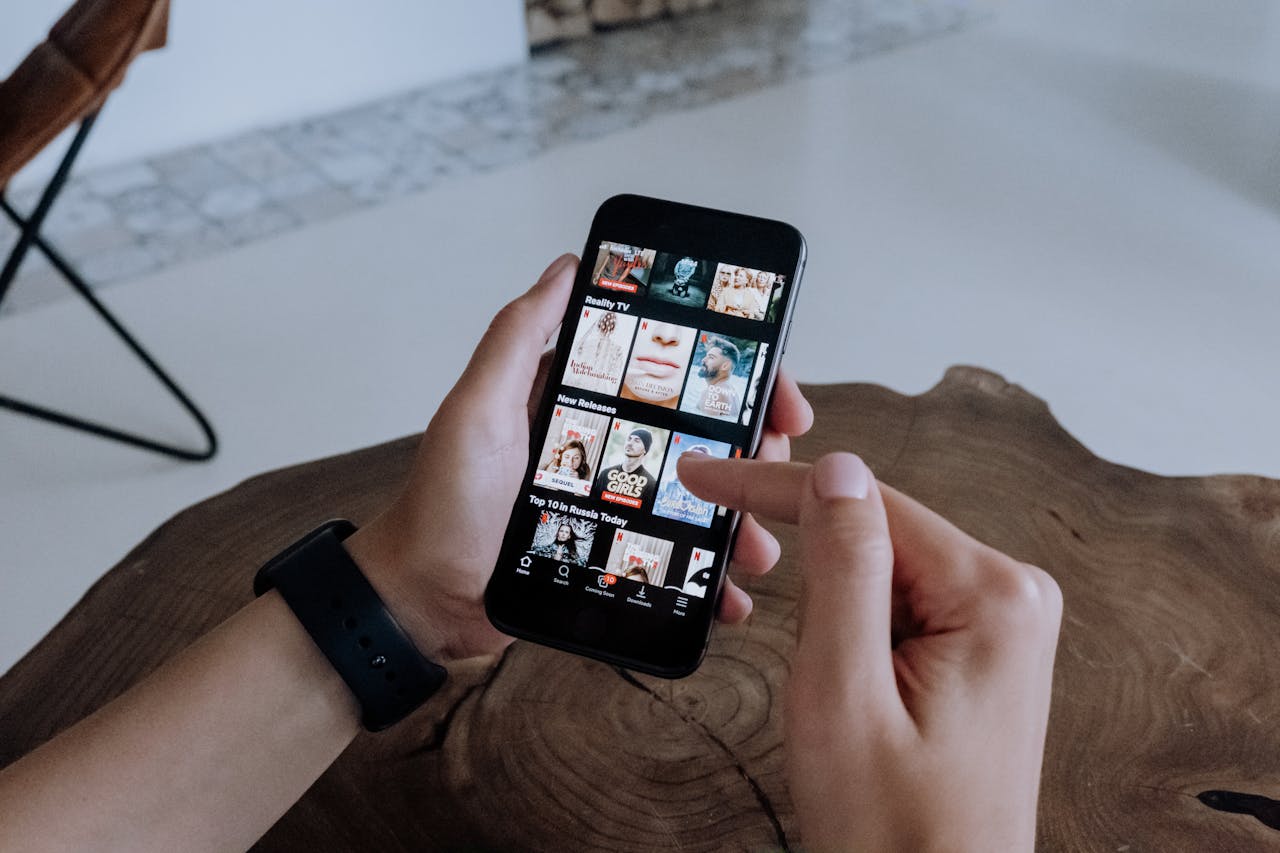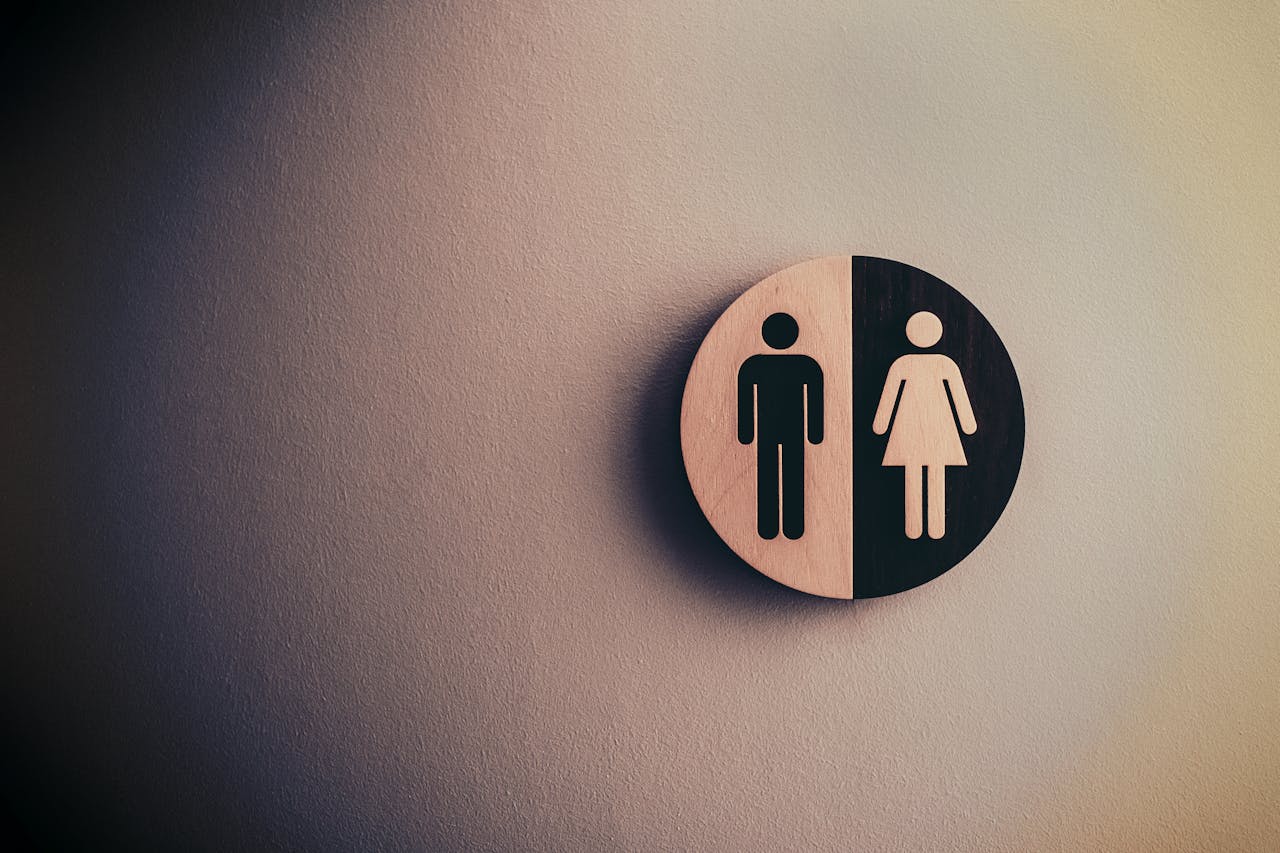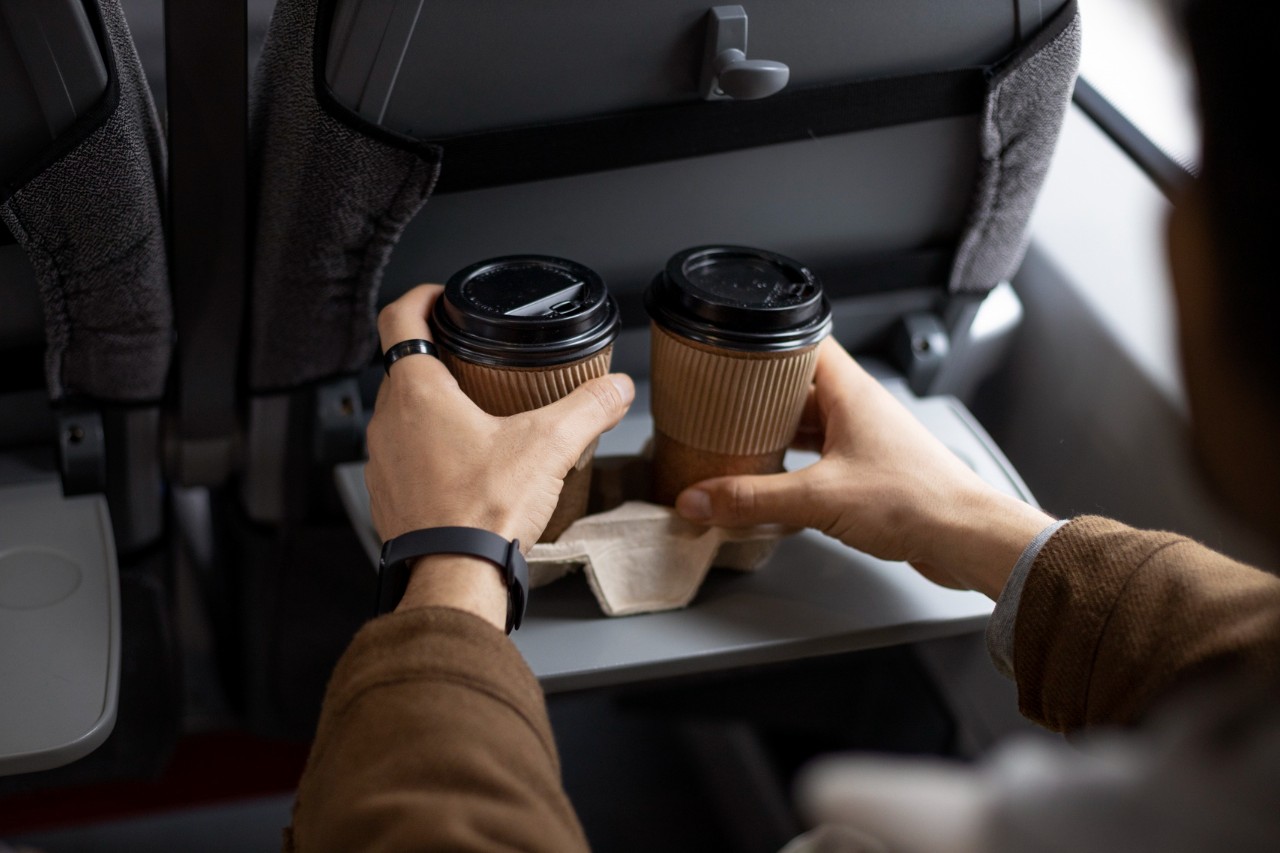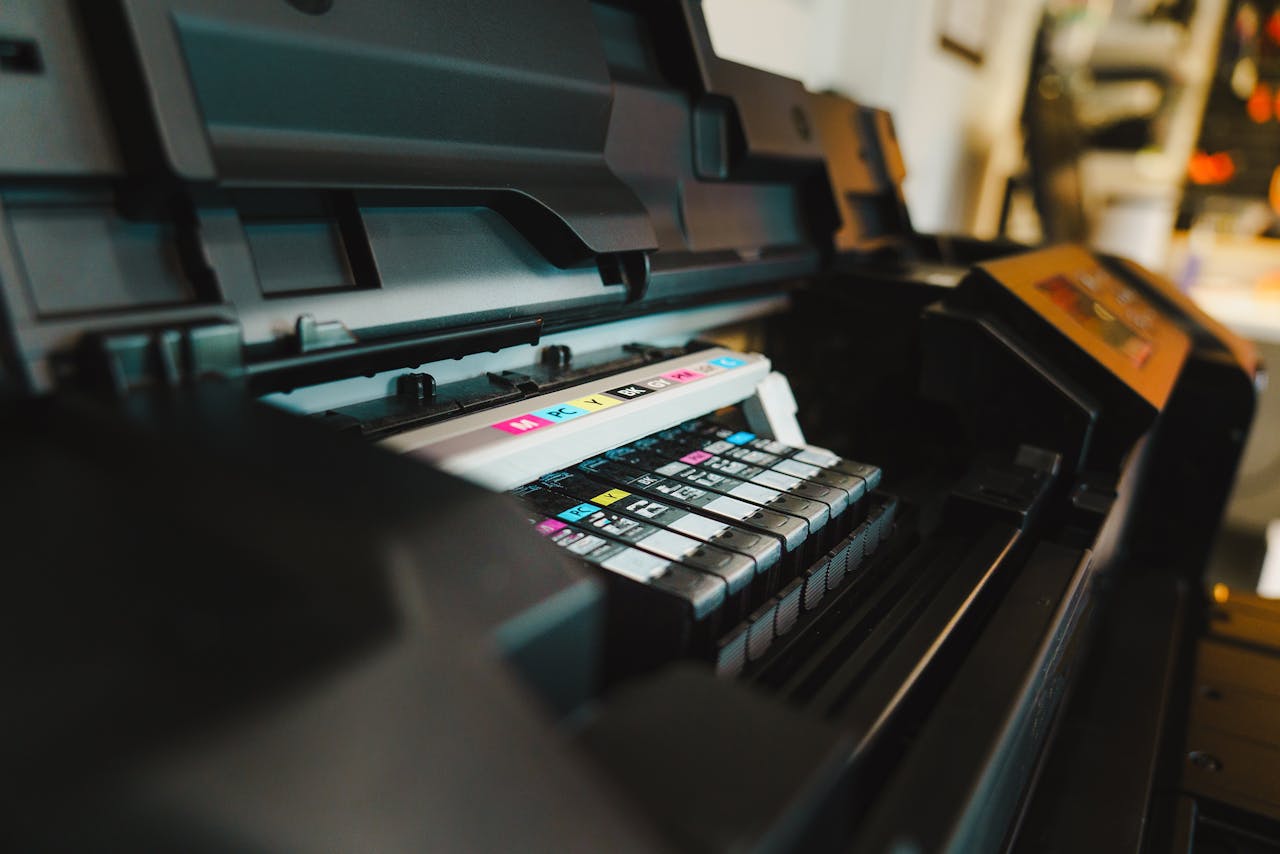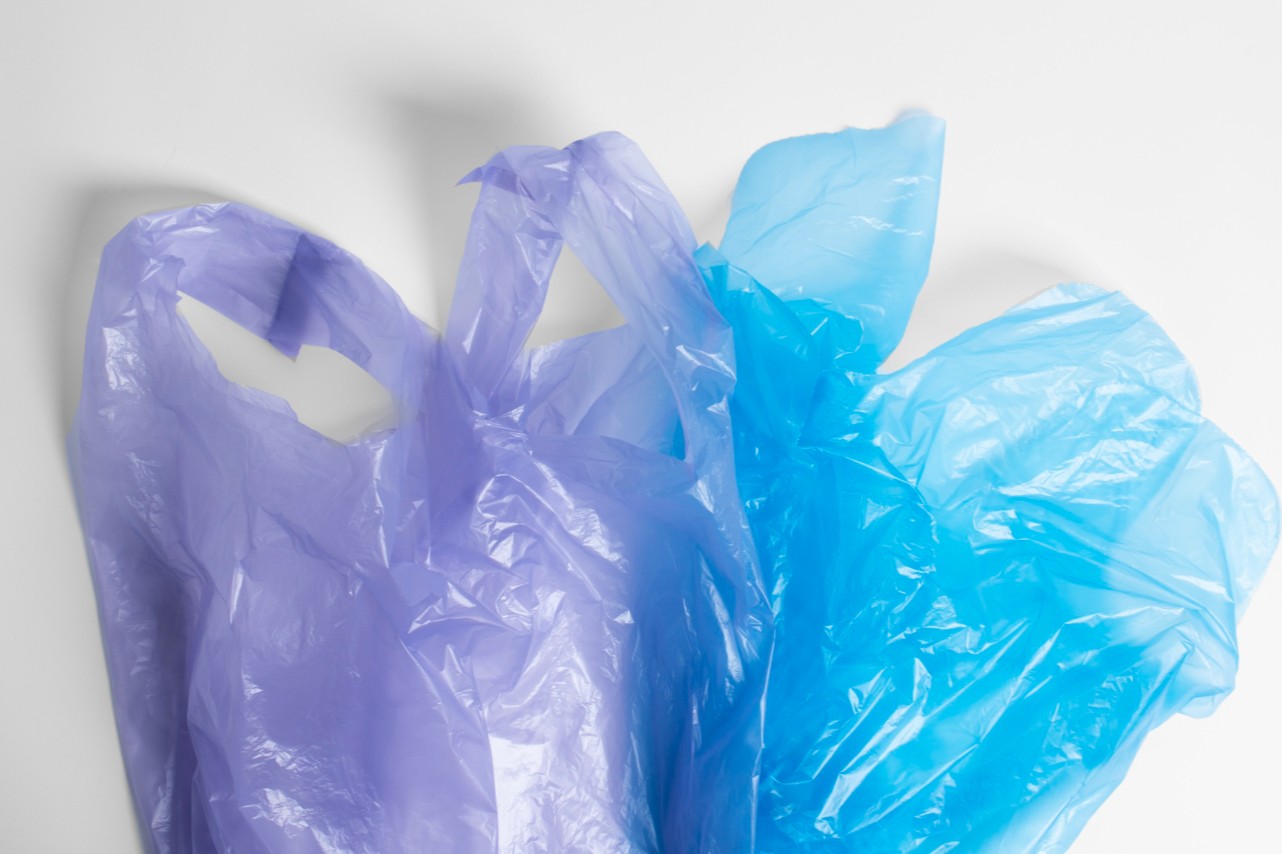In today’s world, it seems like we’re paying for things that used to cost nothing. From convenience services to digital essentials, fees are sneaking into our everyday lives, often catching us off guard. Let’s uncover 13 items that have transitioned from free to fee and explore what this means for your budget.
1. Plastic Grocery Bags
What once was a given in supermarkets now comes with a price tag. Many stores have implemented bag fees to encourage reusable alternatives, particularly in cities and states with strict environmental regulations. While this helps reduce plastic waste, it can add up quickly for shoppers who forget their reusable bags. These fees, often ranging from five to twenty-five cents per bag, might seem small, but they can accumulate over time, especially for larger families. Keeping reusable totes in your car, purse, or near your front door can save you from paying these fees repeatedly and contribute to a greener planet.
2. Airline Seat Selection
Choosing your seat used to be part of the ticket price, but not anymore. Airlines now charge for the luxury of picking your preferred spot, whether it is an aisle, window, or extra legroom seat. These fees can range from a few dollars for standard seats to over $100 for premium ones, depending on the airline and flight duration. While some airlines still offer free selection at check-in, the most desirable seats are often gone by then. Planning ahead and considering whether the cost of a preferred seat is worth it can help you save money. For families traveling together, these fees can add up quickly, so it is worth researching airline policies before booking.
3. Water at Restaurants
Tap water was once complimentary at most dining establishments, but some now charge for filtered or bottled options. This trend is particularly common at upscale restaurants or in cities where water quality is a concern. You might find yourself paying anywhere from $1 to $5 for what used to be free. While this subtle switch can leave you with an unexpected addition to your bill, it is often avoidable. Simply ask your server if tap water is available at no charge before ordering. Being mindful of this small but unnecessary expense can make a difference, especially if you dine out frequently.
4. Event Ticket Printing
Gone are the days when event tickets were mailed to your door at no extra cost. Many event organizers now charge fees for physical ticket printing or even for digital ticket processing. These fees, often disguised as “convenience charges,” can range from $2 to $10 or more per ticket. Printing your tickets at home or using mobile options can sometimes help you sidestep these added costs. However, even digital tickets are not always free, as many platforms charge processing fees regardless of the delivery method. To avoid surprises, factor in these costs when budgeting for concerts, sports games, or theater outings.
5. ATM Withdrawals
Accessing your own money used to be free at ATMs, but out-of-network withdrawals now come with steep fees. Banks often charge both the user and the ATM provider, doubling the cost. These fees can range from $3 to $6 per transaction, which can quickly add up if you rely on ATMs frequently. Some banks even impose additional fees for international withdrawals, making it even more expensive for travelers. To save money, stick to your bank’s network or plan your cash withdrawals in advance. Alternatively, consider switching to a bank that reimburses ATM fees or offers a larger network of free ATMs.
6. Hotel Amenities
Hotels have made a habit of charging for amenities that were once part of the room rate. Breakfast buffets, Wi-Fi, parking, and even pool access now often come with separate charges. Resort fees, in particular, have become a major source of frustration for travelers, sometimes adding $20 to $50 per night to the cost of a stay. These fees are often mandatory, leaving guests with little choice but to pay. When booking, carefully read the fine print to ensure you are aware of all potential fees. Comparing hotels and looking for packages that include amenities can help you avoid unexpected expenses.
7. Streaming Platforms’ Extra Features
While many streaming platforms started as a one-price-fits-all model, additional fees for premium content or ad-free experiences are now standard. Services like Hulu, YouTube, and Spotify entice users with a free or basic plan but upsell features that enhance usability. For example, ad-free streaming or access to exclusive content can cost an additional $5 to $15 per month. With so many platforms available, these fees can quickly pile up, turning a low-cost entertainment option into a significant monthly expense. Consider your usage and preferences to decide if these upgrades are worth the cost or if you can stick with the basic plan.
8. Public Restroom Access
In some cities, access to public restrooms has shifted from free to fee-based systems. Whether it is to deter misuse or fund maintenance, these charges can be frustrating when nature calls. Fees typically range from 25 cents to $1, but in some high-traffic areas, they can be even higher. For travelers or those spending time in urban areas, these costs can add up quickly. Keeping small change handy or identifying free restroom options beforehand can save you the trouble. Apps and websites that map free public restrooms can also be a lifesaver in these situations.
9. Paper Bank Statements
Once a standard part of banking services, paper statements now often come with a monthly fee. Banks promote digital statements to cut costs and reduce paper usage, but this shift has left some customers—particularly older adults—paying for a service that used to be free. Fees for paper statements can range from $2 to $5 per month. Opting for digital versions can eliminate this expense while providing a more eco-friendly alternative. If you prefer paper statements, check if your bank offers them for free under specific conditions, such as maintaining a minimum balance.
10. In-Flight Snacks and Drinks
Air travel once included complimentary snacks and beverages, but now most budget airlines charge for even basic refreshments. The cost of a bottle of water or a small snack onboard can be steep, with prices often double or triple what you would pay on the ground. Packing your own snacks and an empty water bottle to fill post-security is a smart way to avoid these fees. Some airlines still offer free drinks and snacks, so researching your carrier’s policies beforehand can help you make an informed choice.
11. Tech Support Services
Tech support used to be part of the package when you purchased a device. Today, many companies charge for extended support, troubleshooting, or even basic assistance. Subscription plans like AppleCare, Geek Squad, or Microsoft’s premium support services can cost anywhere from $10 to $30 per month. While these services can be helpful for complex issues, they are often unnecessary for basic troubleshooting. Assess your tech needs and explore free resources like online forums and tutorials before committing to these additional costs.
12. Paywalls for News Websites
News was once freely accessible, but paywalls have become the norm for many publications. While it ensures quality journalism, it also means that accessing reliable news now comes at a price. Subscriptions can range from $5 to $15 per month or more, depending on the publication. Exploring free alternatives or subscribing to a single trusted source can help you manage your budget while staying informed. Some publications also offer limited free access each month, so taking advantage of these options can help you stay updated without overspending.
13. Printer Ink Refills
Printers themselves are more affordable than ever, but ink refills have become a major expense. Many manufacturers use subscription models or proprietary cartridges, leaving consumers with few cost-effective options. A single ink cartridge can cost anywhere from $20 to $60, depending on the brand and printer model. Refilling cartridges or exploring third-party alternatives can sometimes reduce these recurring fees. Additionally, investing in an eco-friendly printer with refillable ink tanks can save you money in the long run.
Final Thoughts
The transition from free to fee has changed how we navigate daily life, often requiring us to rethink our spending habits. By staying informed and adopting cost-saving strategies, you can minimize the financial impact of these changes. Keep an eye on your expenses, plan ahead, and make intentional choices to keep these sneaky fees in check.


